
June 2021 Edition

By Hetal Shukla
Share
Mind the Gap
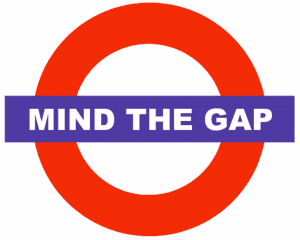
The Challenge
Individuals are different, so are their learning abilities. High attaining students in England generally perform well when compared to their peers in other countries. However, one of the biggest challenge in our schools is to provide the right level of support that will help uplift the performance of the low attaining students. These students are unable to perform at the same level as their peers due to several factors e.g. poverty, special education needs, some aspects of ethnicity and other characteristics of vulnerability, which are further classified [Ref. 1] below as,
- Demographic Factors: Gender, socio-economic status, and parents’ educational level.
- Instructional Factors: teacher competency, instructional strategies and techniques, curriculum, school context and facilities
- Individual Factors: self-directed learning, arithmetic ability, motivation

A recent report by Education Policy Institute [Ref. 2], highlights the fact that that the attainment gap is no longer narrowing for the first time in a decade. The research in this report is pre-pandemic and statistics are looking worse due to impact of Covid 19 i.e. lockdown and loss of education. Highlights from the report:
- At secondary schools, by the time students take their GCSE, disadvantaged students are over 18.1 months of learning behind their peers
- The gap at primary schools is over 3 months of learning, which indicates that the gap widens further when they enter secondary education, and doubles in next 3 years (year 7, 8 and 9)
- Children with high persistence of poverty (on free school meals for 80% of their time in schools) are behind by 22.7 learning months i.e. almost 2 years behind
- Pupils with SEND, with EHCP, are well over 3 years behind and without EHCP are more than 2 years behind
- There is an obvious disparity between minority ethnic groups when compared to White British ethnic group
The research suggests that, at this rate, it will take us another 500 years to bring all students at the same level!
DfE has provided guidelines to help narrow the attainment gap [Ref.3]. The report Cracking the code: how schools can improve social mobility (DfE, 2014) [Ref. 4] goes further and states that effective use of student premium is only one piece of the jigsaw and outlines the importance of:
- building high expectations and an inclusive culture
- an incessant focus on quality early years teaching
- tailored strategies to engage parents
- preparing students for all aspects of life, not just exams
The teaching strategies deemed by schools to be most effective in increasing disadvantaged students’ attainment include:
- paired or small group additional teaching
- improving feedback to students
- one-to-one tuition
- provision of additional teachers or teaching
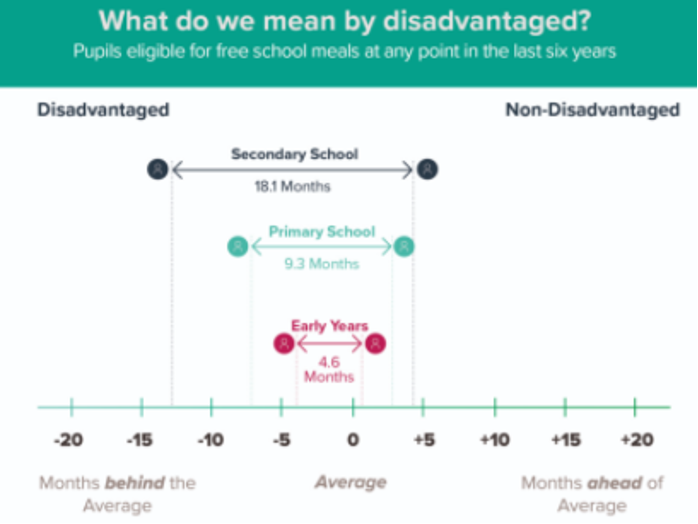
What can we do?
In my journey as a support teacher in Avanti Fields School (Leicester), I have been trying to understand students who struggle in obtaining, processing and retaining mathematical information in maths intervention classes. By learning more about them, understanding their mathematical abilities and the reasons for their shortcomings to cope up the concepts of maths, I have designed structured and tailored interventions to support individuals, which will help them in narrowing their attainment gap in Maths.

I have been using various techniques during maths intervention sessions. Some of the techniques involved are listed below:
- improving performance of the students by providing positive feedback i.e. reward rather than consequences
- using scaffolding strategies, instructional techniques, further enhancing student’s learning
- introducing maths concepts in Gujarati and Hindi to EAL students in their first language, making it easy for them to grasp technical concepts
- Using the strategy of, ‘I Do, We Do and You Do’, leading them to independent learning
- application and practical based learning rather than teaching mathematical methods
- using research-based CRA instruction (Concrete, Representational and Abstract sequence of instructions )
- providing tailored resources and homework befitting individual abilities
- Increasing curiosity and interest in the subject via building posters of historical known personalities in the subject.
- motivating them to do well by showing the end state
- creating an environment of fun using maths around usg. cutting a pizza, a tortilla or a chocolate bar to teach concept of Fraction
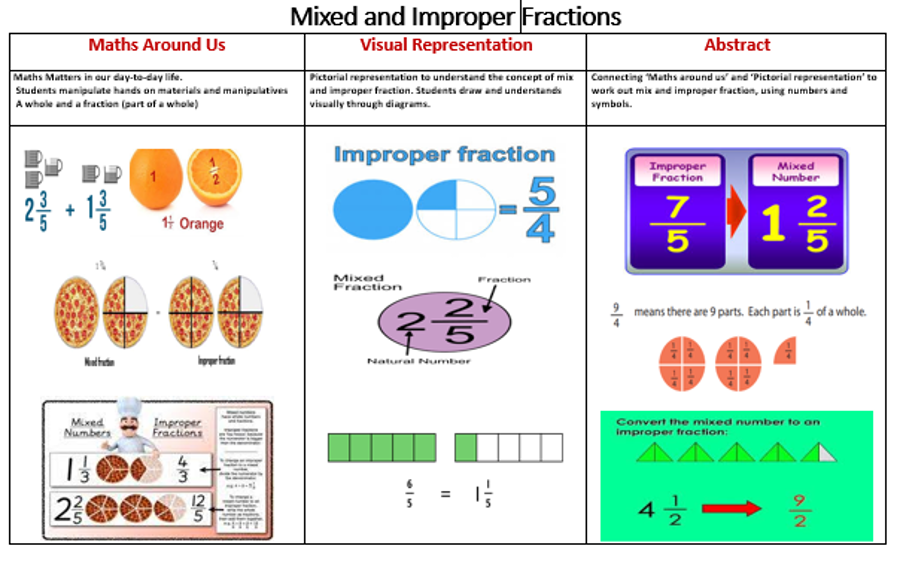
Concrete, Representational and Abstract (CRA) Instruction Model
An Intervention Framework for Mathematics has been designed and proposed, which is generic and can be used for other subjects as well. I have also been working on a tool to help estimate time required to raise the attainment levels via intervention. I have provided some excerpts here and further details can be provided on request, you can reach out to me on [email protected].
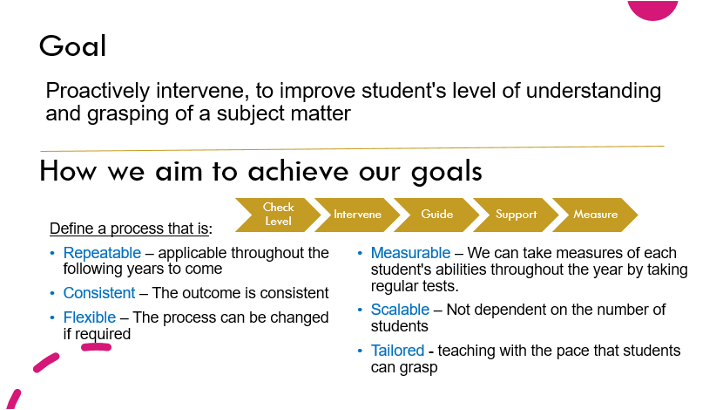
Intervention Framework – Workflow
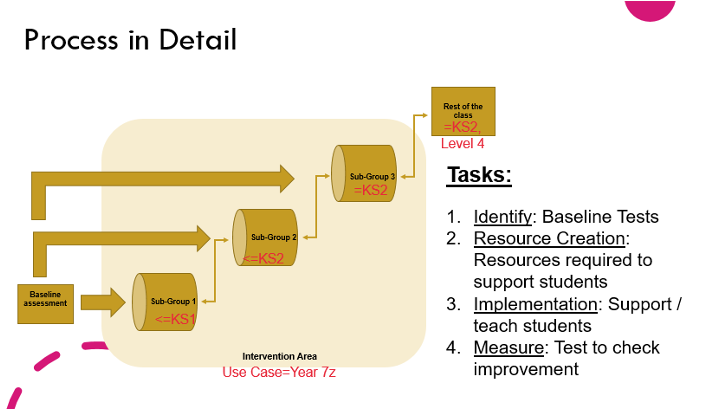
Intervention Framework – Levels and Group
Estimation Tool: (data is only for illustration purpose and is not actual)

Estimation Tool – Estimated Time Required for Intervention
By looking at the statistics available, we can definitely conclude that we need to take radical steps at the earliest to avoid further damage to the low achieving and underprivileged students.
With available research and guidelines from DfE and seeing the reality at first hand while executing intervention sessions as support teacher at AFS, I can confidently say that we can bring the change and reduce the gap by providing additional time and running special clinics e.g. mathematics. Allocating 25 min / week is not good enough for students of year 8 and 9, who are estimated to be behind by 18.1 learning months from their peers. The low achieving students need regular interventions on a one-to-one basis, paired, in-group and in class. We can massively reduce the gap by introducing maths concepts to them in their first language e.g. Gujarati or Hindi to speed up the learning process, which are difficult to understand otherwise. One-size-fits-all instructional strategies are not efficient for these low achieving students, as they require customised strategies. We should run targeted campaigns e.g. #LevelUpEducation within Avanti School Trust with a focus to help and uplift the levels of these students before we find it is too little, too late.
